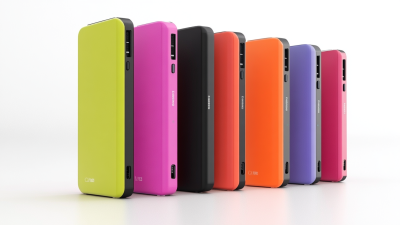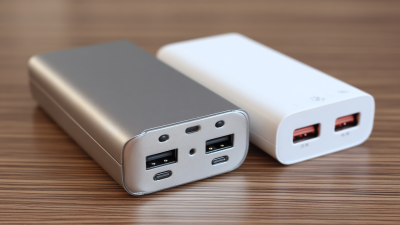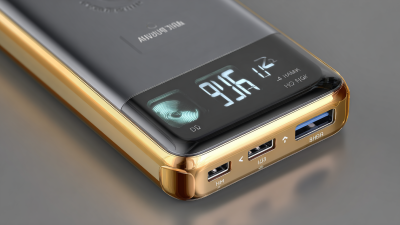Leave Your Message
In the modern era, where our reliance on electronic devices continues to grow, ensuring that we have sufficient power on-the-go has become increasingly important. A Heavy Duty Power Bank is now an essential accessory for anyone who frequently uses smartphones, tablets, or laptops away from traditional power sources. According to a recent report by Markets and Markets, the global portable power bank market is projected to reach USD 25.16 billion by 2025, reflecting an annual growth rate of 20%. With such rapid growth, consumers face the challenge of selecting power banks that not only meet their charging needs but also exhibit reliability and efficiency. When evaluating options, crucial factors such as battery capacity and output power come into play, determining how effectively and quickly you can recharge your devices. In this guide, we will explore how to navigate these considerations to choose the best Heavy Duty Power Bank tailored to your specific device requirements.
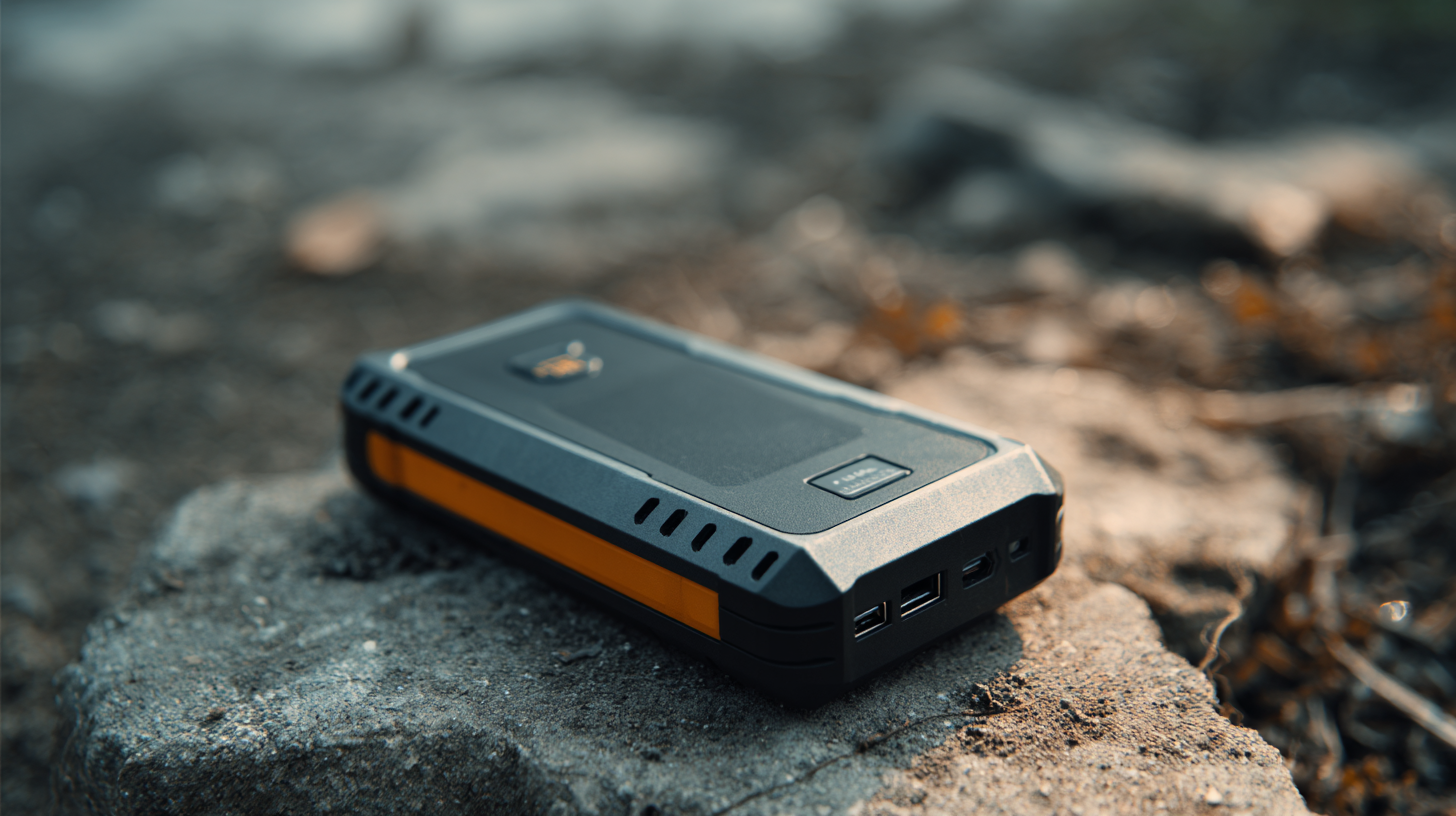
When selecting a heavy-duty power bank, understanding battery capacity is crucial. Battery capacity is typically measured in milliampere-hours (mAh) and indicates how much energy a power bank can store. A higher mAh rating means the power bank can charge your devices multiple times before needing a recharge itself. For instance, a 20,000mAh power bank can charge most smartphones several times, making it ideal for extended trips or heavy use.
Tips: When assessing battery capacity, consider your device's battery size. If you frequently charge larger devices like tablets or laptops, opt for a power bank with at least 25,000mAh.
Furthermore, output power is equally important for efficient charging. Output power is measured in watts and determines how quickly your devices recharge. A power bank with higher wattage can significantly reduce charging time. Look for power banks that provide at least 18W of output for fast charging.
Tips: Always check for Quick Charge or Power Delivery support to maximize charging efficiency, especially for devices that are compatible with these fast-charging technologies.
When selecting a heavy-duty power bank, evaluating
output power is crucial to ensure you can charge your devices quickly and efficiently.
Output power, typically measured in watts, impacts how fast your devices can be charged;
higher wattage can lead to a significantly reduced charging time.
For instance, a power bank with multiple output ports may offer varying levels of power,
enabling you to charge not only smartphones but also tablets and laptops, which often require more energy.
An ideal power bank should have at least a 2A output for smartphones and up to 3A or more for larger devices.
In addition to wattage, it's essential to consider the charging protocols supported
by the power bank, such as Quick Charge or Power Delivery. These technologies allow for optimized charging speeds
that can adapt based on the needs of your devices. By ensuring compatibility with your gadgets, you can take full
advantage of the power bank's capabilities. It's wise to investigate the specifications and features of the
power bank you intend to purchase; ultimately, a higher output power coupled with advanced charging technology
grants you the reliability and efficiency needed in today’s fast-paced tech environment.
When selecting a heavy-duty power bank, it's crucial to understand the distinction between different battery technologies, particularly lithium-ion and lithium polymer. Lithium-ion batteries are the most common type used in power banks, known for their high energy density and longer lifespan. They typically have a robust cycle life and are capable of holding a significant amount of charge, which makes them a reliable choice for powering devices on the go. However, their construction renders them sensitive to extreme temperatures and physical damage.
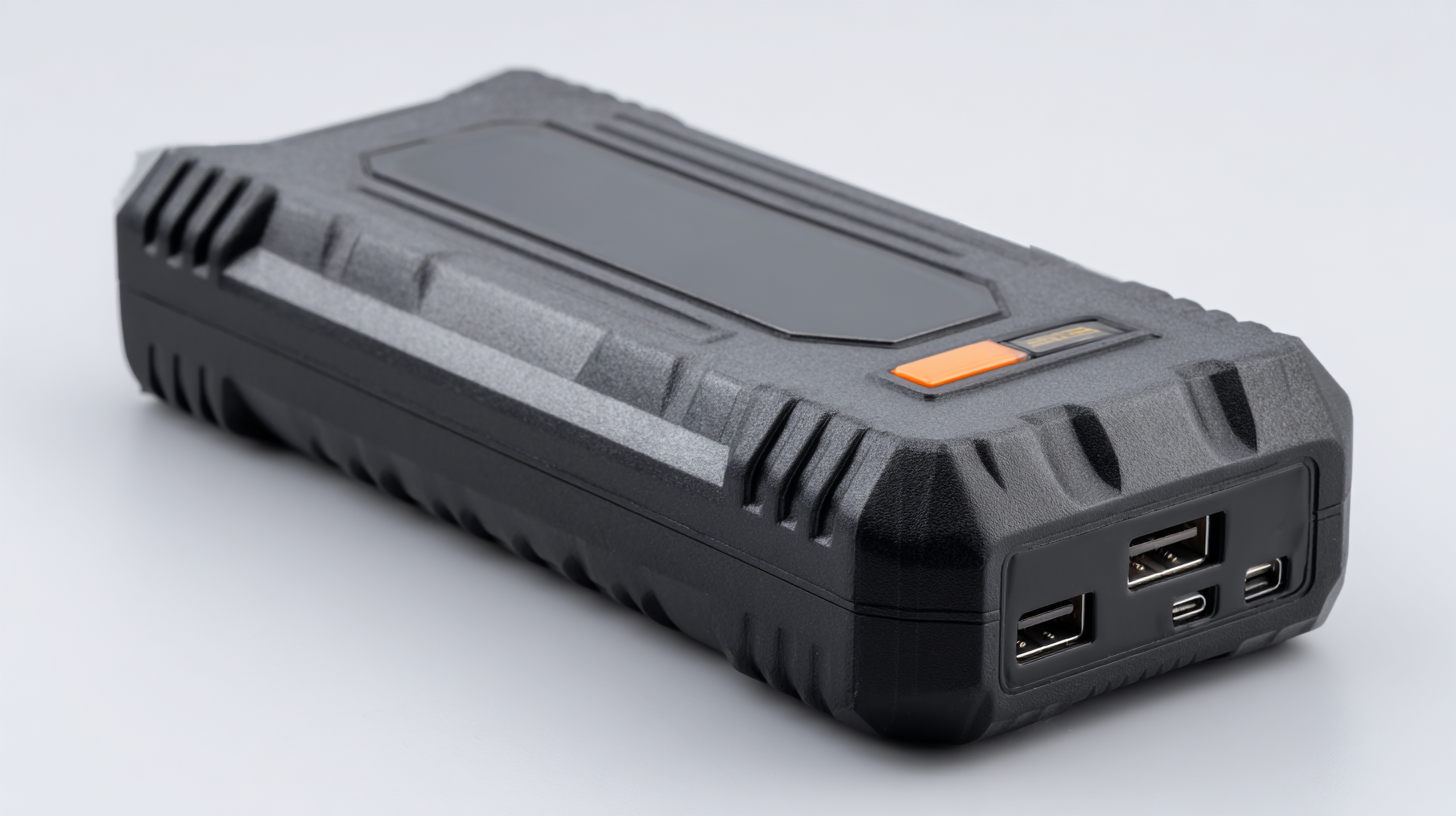
On the other hand, lithium polymer batteries offer more flexibility in design, allowing manufacturers to create thinner and lighter power banks. While they may have slightly lower energy density compared to their lithium-ion counterparts, they excel in safety and stability. Lithium polymer batteries are less prone to leaks and can endure a variety of shapes, making them ideal for modern, compact power bank designs. Ultimately, the choice between lithium-ion and lithium polymer should align with your device's power needs and your preferences for portability and durability.
When selecting a heavy-duty power bank, one of the most critical aspects is ensuring compatibility with your devices. Different devices utilize varying types of connectors and ports, which can influence your choice significantly. According to a report by Statista, over 60% of consumers use multiple devices daily, such as smartphones, tablets, and laptops, each requiring specific charging solutions. Thus, understanding the types of connectors—USB-C, Micro USB, or Lightning—your devices use is essential for efficient power management.
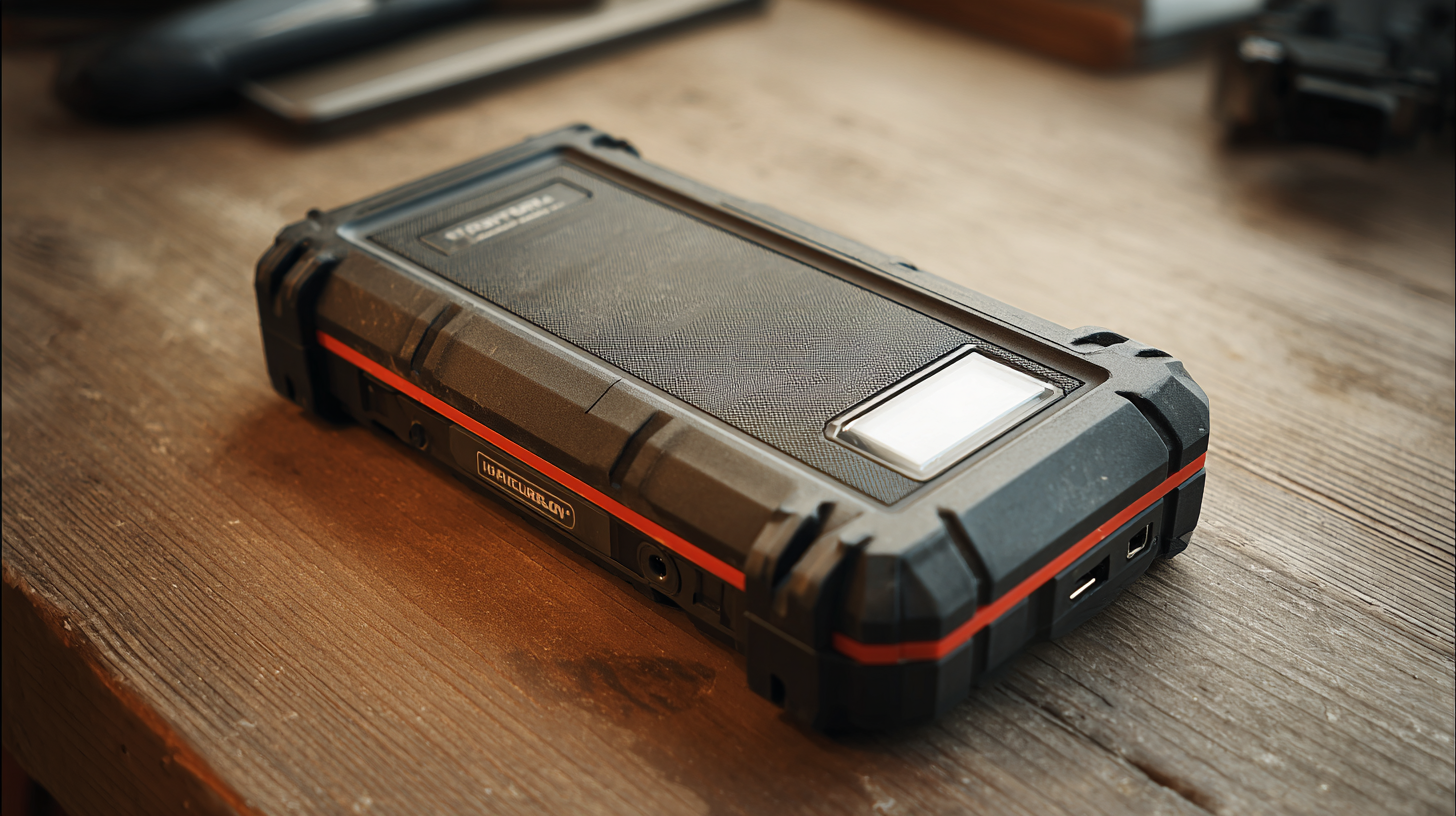
Moreover, the output power of a power bank often correlates with its capability to charge multiple devices simultaneously. The International Electrotechnical Commission (IEC) highlights that devices requiring quick charging, like smartphones and laptops, typically need a power bank with output ratings of at least 18W to 60W. Using a power bank that supports power delivery (PD) can significantly increase the charging speed and efficiency. By identifying your device compatibility and ensuring the appropriate connectors and output power, you can maximize your investment in a heavy-duty power bank tailored to your needs.
When selecting a heavy-duty power bank, considering extra features like smart charging and LED indicators is essential.
Smart charging technology optimizes the charging process by adjusting the output based on the device's requirements.
This ensures that your devices receive the right amount of power without overloading them, resulting in safer and more efficient charging.
As a result, a power bank equipped with smart charging capabilities can prolong the lifespan of your devices while offering convenience for users who rely heavily on their gadgets throughout the day.
LED indicators are another valuable feature to assess when choosing a power bank.
These indicators provide real-time feedback on the power bank’s remaining charge, enabling you to gauge when it’s time for a recharge.
Knowing the battery level helps prevent sudden power outages for your devices, particularly during critical moments.
As power banks continue to evolve, prioritizing features like smart charging and LED indicators can significantly enhance your overall user experience, making them indispensable tools for those on the go.
